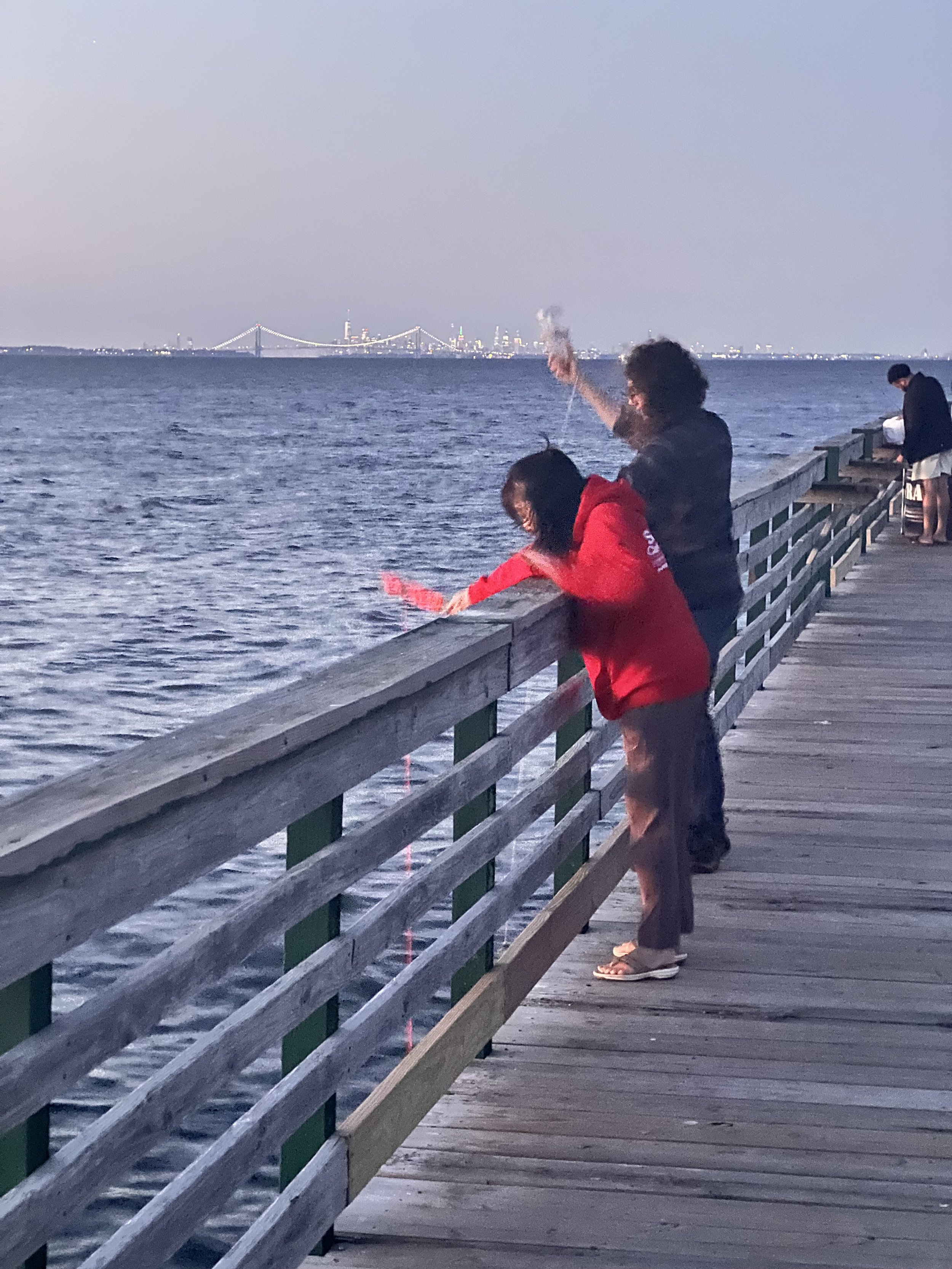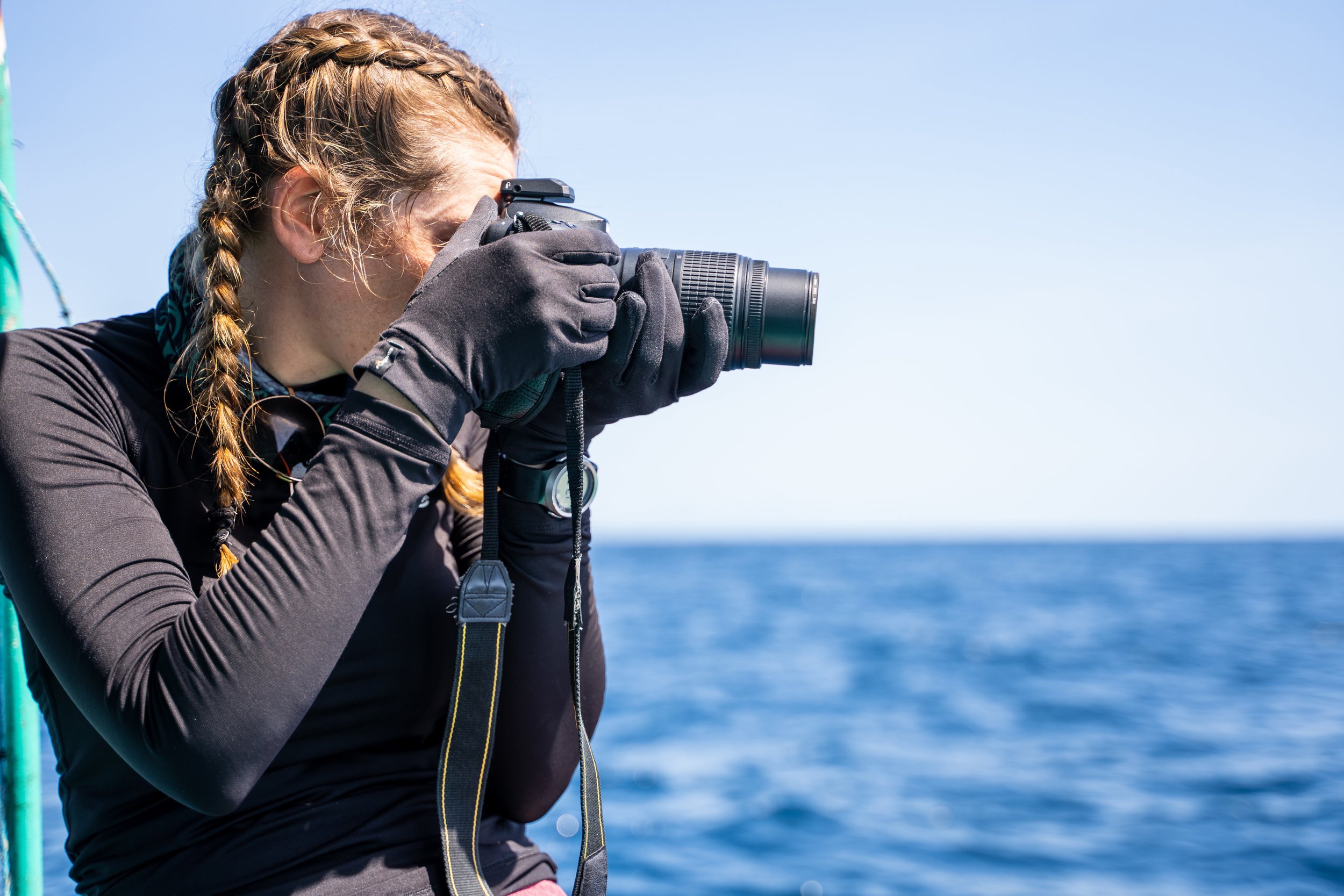Volunteer Community Science Projects for High School and College Students.
Gather data through public collaboration in scientific research and gain volunteer hours
Gain Expereince and learn how to be a Scientist
Community science (CS; also known as citizen science, crowd science, crowd-sourced science, civic science, volunteer monitoring, or networked science) is scientific research conducted, in whole or in part, by amateur (or nonprofessional) scientists. Community science is sometimes described as "public participation in scientific research," participatory monitoring, and participatory action research.
All volunteers are required to fill out the volunteer waiver and release form before participating in any volunteer activity.
Possible Projects
Interested in being a volunteer intern, see the project below for possible project or do you have another idea for a project, please contact Save Coastal Wildlife for information and assistance.
Please send an email to Sara Genke, Outreach & Education Director at sgenke@savecoastalwildlife.org
B. Identify, track and create a local baseline for seabird, migratory coastal bird or coastal bird populations.
A. Beach profiling to measure changes in the contour of the monitored beach. Comparing profile lines recorded at different times makes it possible to measure changes in the distribution of sand on the beach. Tracking these changes over long periods provides scientists with data to identify seasonal, annual, and even track long-term trends in beach erosion and accretion.
C. Plant and monitor dune grass and vegetated stands to measure how the plants are growing and surviving; and to test the effects of replanted dune grass areas on sediment and climate dynamics.
D. Report and monitor invasive non-native coastal species. Such as:
Asian shore crab (Hemigrapsus sanguineus)
Chinese Mitten Crab (Eriocheir sinensis)
European Green Crab (Carcinus maenas)
Carpet Tunicate (Didemnum vexillum)
Devil's Tongue Weed (Grateloupia turuturu)
Phragmites (Phragmites australis ssp. australis)
Tree-of-Heaven (Ailanthus altissima)
Nutria (Myocastor coypus)
F. Conduct seasonal plankton studies. Understanding where and when plankton occurs along the coast will allow scientists to get a better understanding of the function and health of coastal and estuarine waters from different scales.
H. Wetland mapping. Study, identify, and describe how wetland species and habitat changes over time, either seasonally or longer; and explain the implications for organisms.
E. Observe disturbance of winter seal haul out sites, and spring and summer osprey platforms using spotting scopes and binoculars.
G. Survey of Marine debris impact on wildlife. Report the animal (species of common name), injury types (ingestion or entanglement, type of marine debris, and basic information, such as location, date, and photos.
I. Conduct a biological study of coastal waters. Using seine nets and/or minnow traps, research organisms in a coastal food web over time, either seasonally or longer, and outline food web relationships.














